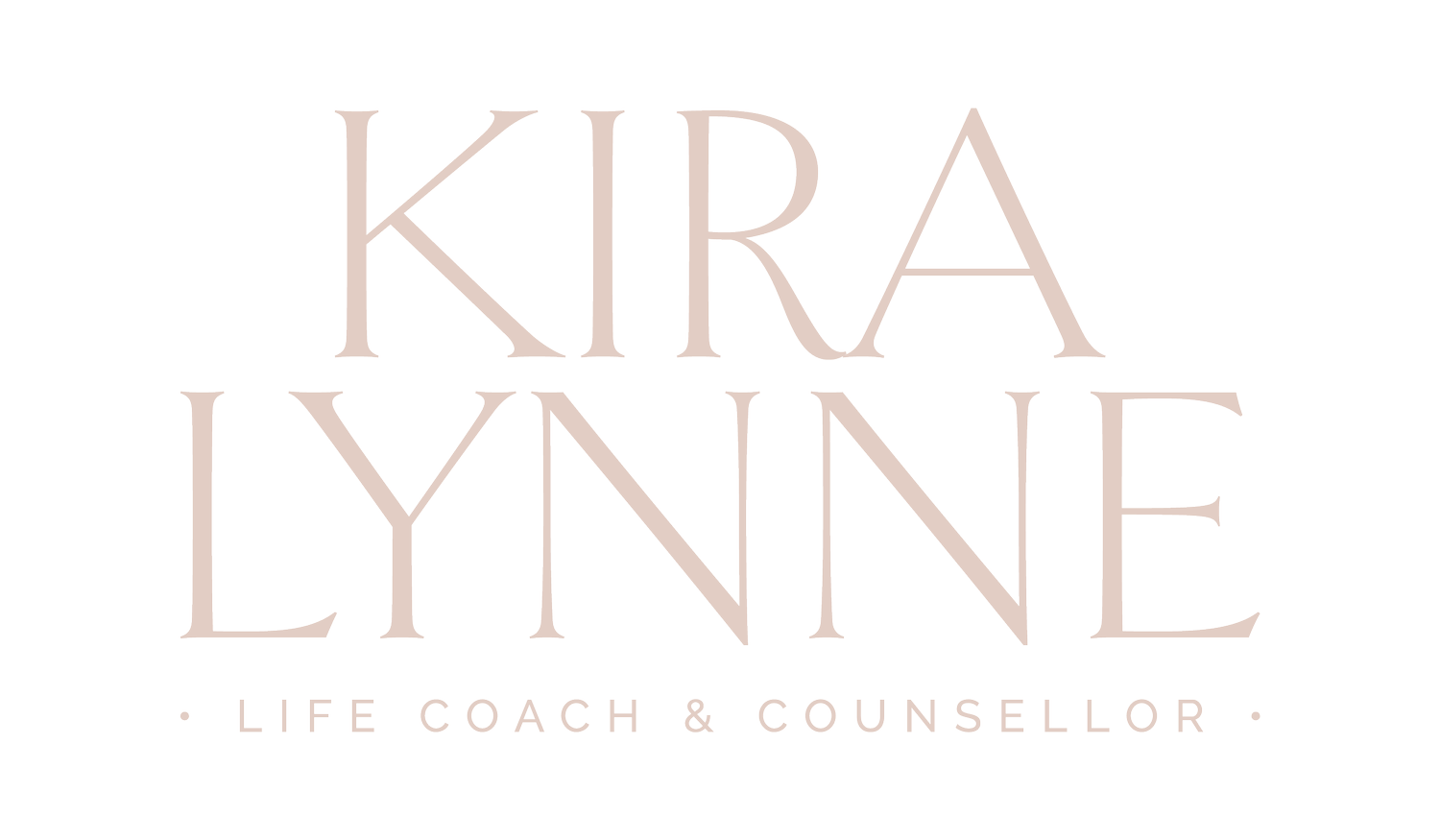The Wrong Relationships
I’ve met my soul mate. Twice.
Although they occurred at very different times in my life, my relationships with both of the people I had thought were my soul mates were similar in that they were extremely intense. In both cases our chemistry was off the charts, we were best friends, and our connection defied description. When they weren’t around I grew anxious, restless, and worried, but upon seeing them again I would feel overjoyed and deeply in love.
These relationships also had a darker side. While they came with extremely high highs, they also came with very low lows. And some of those lows were really hard to justify, like disrespect, humiliation, and abuse from my partner, and on my end, anxiety, insecurity, harsh self-scrutiny, and plummeting self-esteem, which would often lead me to the brink of depression.
And yet I couldn’t get enough of these men. The highs were so high they kept me going, even when my self-esteem was flailing and my overall happiness had dwindled significantly. I thought that if I could just do the right thing, say the right thing, be the right person, things between us would be ok again. I lived for the wonderful moments. Those moments became fewer and fewer but they kept me in those relationships because I thought I was with “the one.”
But are we really with “the one” if things can get so bad?
No, we’re not.
So then why do we think we are?
For many people, including myself, we think we are in a soul mate type of relationship when we are actually in an unhealthy situation due to having an anxious attachment style. An anxious attachment style develops from childhood trauma. According to Susanne Babbel, Ph.D.:
“Children need to experience a bond with their parents or caregivers that they can depend on. If this bonding doesn’t provide the safety they are supposed to experience, due to a parent’s abuse or neglect—or if it was interrupted or lost due to death, divorce, illness, or parental depression—an insecure attachment might be formed. As a result, some people develop an anxious attachment style that may show up when they start dating or are in a relationship.”
Essentially, we experience abandonment anxiety, not due to the partners we have, but due to past childhood trauma, which is triggered by our intimate relationships. We strive (unconsciously) to recreate the feelings we had in relationships with our childhood caregivers in later romantic relationships. We are attracted to volatile relationships because we are comfortable with the feeling of being unsure, insecure, and of constantly being in a state of chasing, hoping, desperation, and/or fear, as that is what we felt growing up. It’s not a good feeling but, it’s familiar, and familiar equals safe. Our brain says, “Oh yes, I recognize this, I know how to do this dance.” Then when we do get a little bit of what we actually need (connection, love, etc…) we are flooded with relief and joy.
Relationships without drama seem boring and lacking in passion because we are searching for the feeling of being unsafe and insecure. We may misinterpret as love the feelings of nervousness, obsession, and intensity that someone who is not really emotionally available, or right for us, might arouse.
I have sought men with whom I could re-create that same intense passion and deep connection. Much of the time I would walk away from lovely, available, attentive men because I felt they were not exciting enough or that we just didn’t have that electric romantic chemistry. I thought I was craving emotional intensity, excitement, and passion, even though it was actually the familiarity of the pattern of fear, anxiety, and relief, that I was looking for.
How do we break the pattern?
According to Wendy L. Patrick, Ph.D., excitement and anticipation are not the standards by which to judge whether or not you are in a healthy relationship. Sure, it’s normal to feel a bit nervous, anxious, and excited about dating someone new, but not when those feelings become intrusive and interfere with daily life.
8 Things You Can Do To Heal Your Anxious Attachment Style
The first step is to create awareness around your patterns and emotions. Identify what you are doing and feeling.
Be mindful and deliberate when you are dating and meeting new people.
Separate yourself now (an adult) from the child who didn’t get what she/he needed. Figure out which fears are from the past, and which ones are from the present.
When you feel triggered, remind yourself that you are feeling old trauma, and this feeling is not an accurate reflection of your current reality.
Keep in mind that a healthy relationship will produce, according to Patrick, “comforting feelings of emotional bonding,” whereas an unhealthy relationship will often lead to “infatuation, and overwhelming, amorous feelings.” You may be wondering, what’s wrong with infatuation? Apparently, while infatuation is associated with a higher level of arousal and euphoria, it is also linked with negative emotional response, consistent with the experience that infatuation is stressful.
Keep close tabs on your feelings when you’re spending time with someone new. Use your observations to help you select a partner around whom you feel self-assured, not insecure.
Find ways to comfort and soothe yourself when you are feeling anxious. If you didn’t receive comfort from your primary caregiver or role model, it is something you may need to learn to do for yourself as an adult.
Give someone who initially seems boring a chance, because that person might be “the one” after all.
If you’re interested in learning more about how attachment styles affect relationships, I highly recommend the book Attached by Amir Levine and Rachel Heller.
Sources:
Babbel, S. (2016, March). Rejection Hangover: Abandonment Anxiety. Psychology Today [online].
Patrick, W. (2017, December). The Biggest Red Flag that Your Partner is not “The One.” Psychology Today [online].



